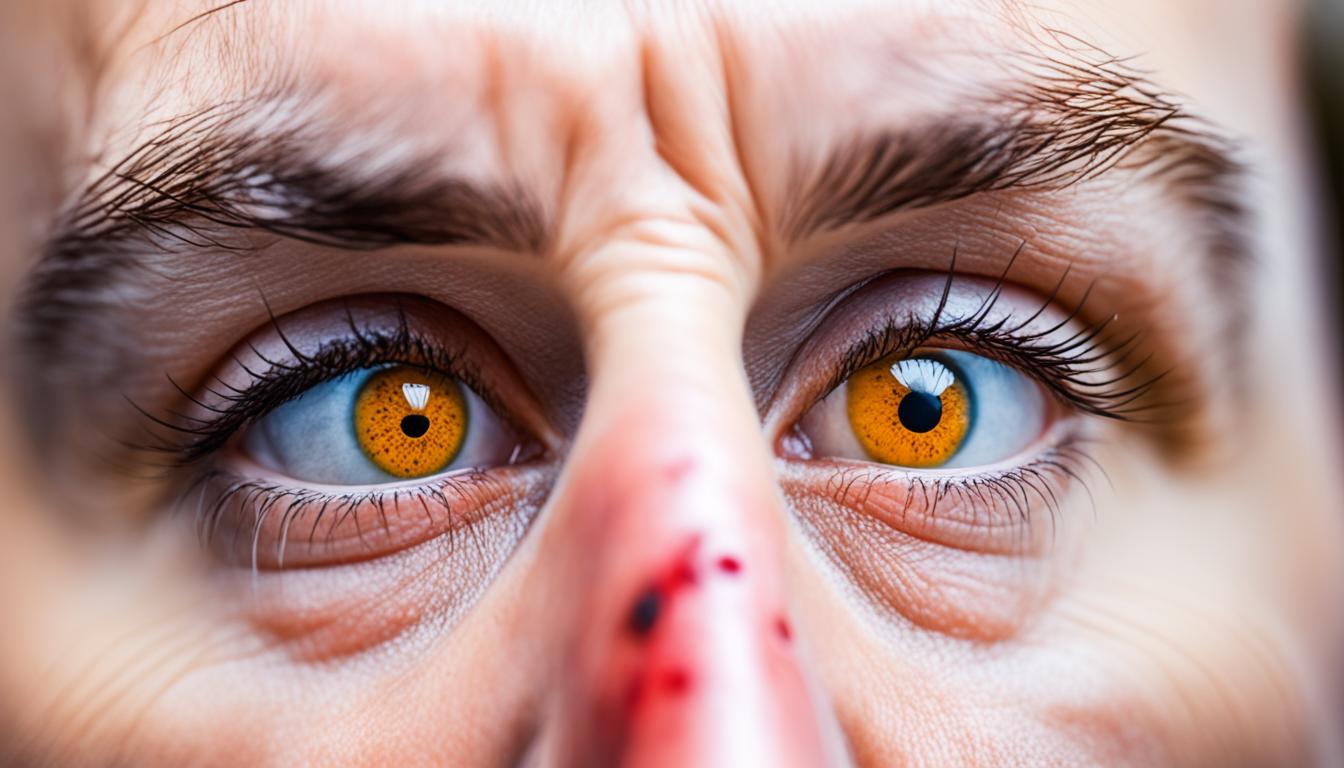Ehrlichiosis and anaplasmosis are caused by bacteria you get from ticks. These diseases are because of Ehrlichia chaffeensis and Anaplasma phagocytophilum bacteria. The rate of these illnesses in the US has gone up over the years.
The signs of these sicknesses can be different for everyone. But, many people might have fever, chills, and feel tired. If it gets serious, problems like confusion might happen too.
Doctors usually spot these diseases with tests. They might check your blood. Using doxycycline, an antibiotic, helps treat these conditions. You should take it for 10 to 14 days. It’s important to find out early and treat it quickly.
To keep from getting these sicknesses, stay away from ticks. If you find a tick, remove it properly.
Key Takeaways:
- Ehrlichiosis and anaplasmosis are caused by bacteria from ticks.
- Ehrlichia chaffeensis and Anaplasma phagocytophilum are the main causes.
- Common symptoms are fever, chills, and muscle pain.
- Doctors test your blood to diagnose these diseases.
- Doxycycline is a common antibiotic used for treatment.
- Diagnosis and treatment early are key to avoid problems.
- Tick avoidance and proper removal reduce the disease risk.
Risk Factors and Transmission of Ehrlichiosis and Anaplasmosis
Ehrlichiosis and anaplasmosis come from tick bites. They’re caused by bacterial infections. It’s vital to know how they spread to avoid getting sick.
Risk Factors for Ehrlichiosis and Anaplasmosis
Being around ticks is the top risk for these diseases. The lone star tick and the black-legged tick often carry the bacteria. They mostly live in the southeast and south-central parts of the U.S.
Doing things like hiking or camping raises your chance of getting bitten. Other risks include:
- Jobs or hobbies that put you around ticks and animals.
- Being in places where there are lots of ticks.
- Having pets that can bring ticks to you.
- Not using repellent to stop tick bites.
Transmission of Ehrlichiosis and Anaplasmosis
Most often, these diseases spread through tick bites. An infected tick can infect you if it feeds on you. But, you can also get sick from a blood transfusion or an organ transplant.
It’s not common to get these diseases this way. Still, it shows why we must carefully test blood and organs we donate or receive.
To lower your risk, take steps to avoid ticks. Wear the right clothes and use repellent. Check for ticks on your body, family, and pets after being outside.
Being careful and proactive can help you steer clear of ehrlichiosis and anaplasmosis.
Importance of Early Diagnosis and Treatment of Ehrlichiosis and Anaplasmosis
Getting diagnosed and treated early is key for ehrlichiosis and anaplasmosis. These are tick-borne diseases with hard-to-spot symptoms. If not looked at carefully, a diagnosis might be late.
Doctors use special tests to check for these diseases in the blood. This testing is critical to start the right treatment fast.
The main treatment is antibiotics like doxycycline. They work well for most people. But, some might need to go to the hospital or get stronger antibiotics if they are very sick.
Finishing all your antibiotics is very important to fully get rid of the bacteria. After treatment, it’s good to keep seeing your doctor to make sure you’re completely well.

